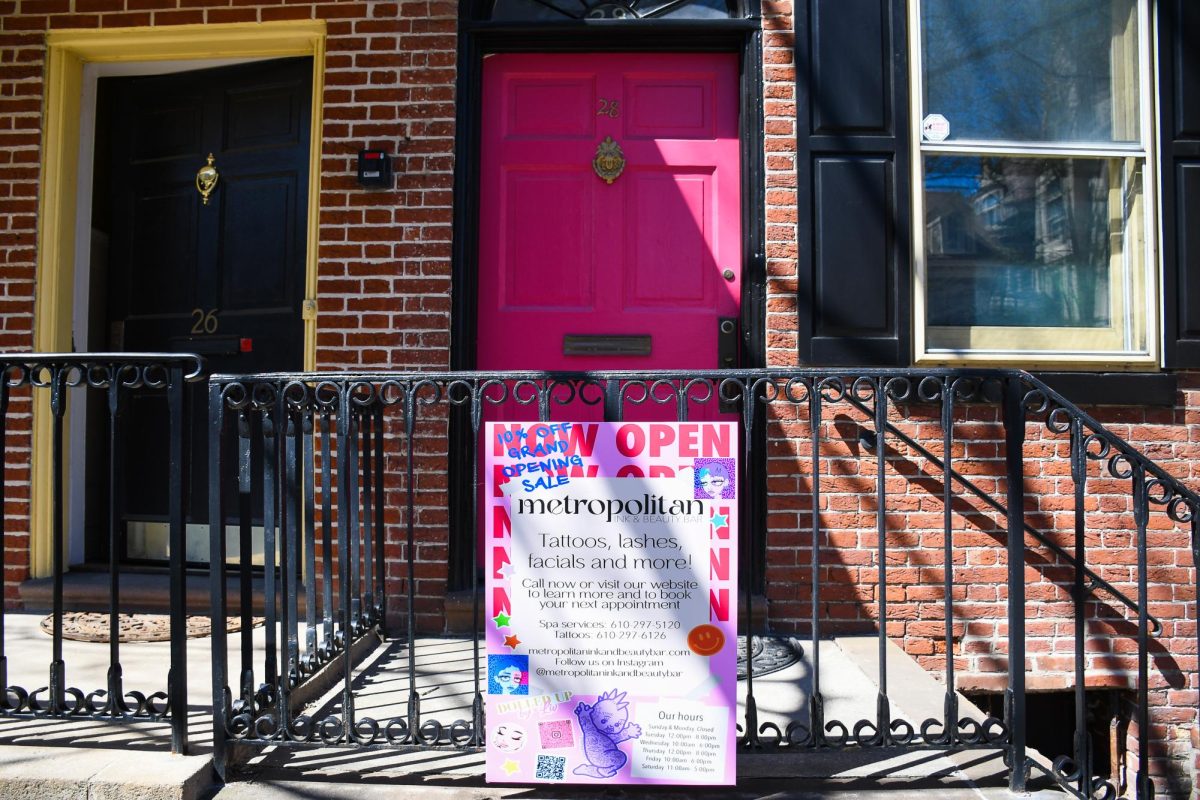Labor Day marks the beginning of the midterm rush, where candidates and their campaigns ramp up their efforts to get turnout at the polls voting in their favor.
It’s usually a hectic rush to the finish line for candidates of either party, trying to rally voters to come out and put them in office. This year in the Senate, though, one party has less to worry about than the other.
The most popular forecast election models, including ones from the Washington Post, the New York Times, and FiveThirtyEight, all predict the Republicans winning the six seats they need to regain a majority in the Senate. As of Wednesday, the New York Times and FiveThirtyEight give Republicans, respectively, a 67 and 65 percent chance to win the Senate, while The Washington Post gives them a 51 percent chance.
The possibility of this turnover could be due to a number of things. This week’s Obama approval ratings are at 41 percent, down two percent from last week and seven percent lower than his term average. Anger at a president can help swing Congressional elections in the favor of the opposing party, especially in the midterms.
It could also be due to the amount of attention people are paying to the midterms. According to a recent Gallup poll, 42 percent of Republicans said they were giving “quite a lot” or “some” thought towards the midterms, compared to 27 percent of Americans saying the same. Democrats could probably benefit from getting voters in their party to come out to the polls.
So what can Democrats do to help themselves in November? Maybe try and get caucuses of people to support them. The New York Times reported Sunday that Democrats are looking to capitalize on anger in response to the shooting of unarmed teen Michael Brown in Ferguson, Mo.
“Ferguson has made it crystal clear to the African-American community and others that we’ve got to go to the polls,” Representative John Lewis (D-Ga.) said according to the article. “You participate and vote, and you can have some control over what happens to your child and your country.”
Regardless, numbers don’t lie, and they’re not looking good.






















































































































